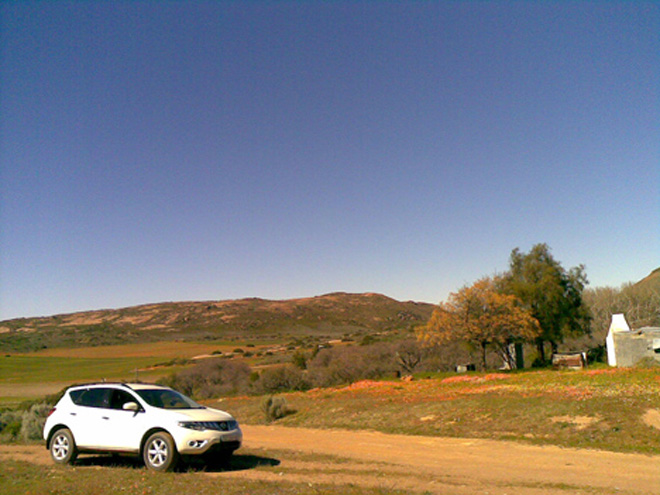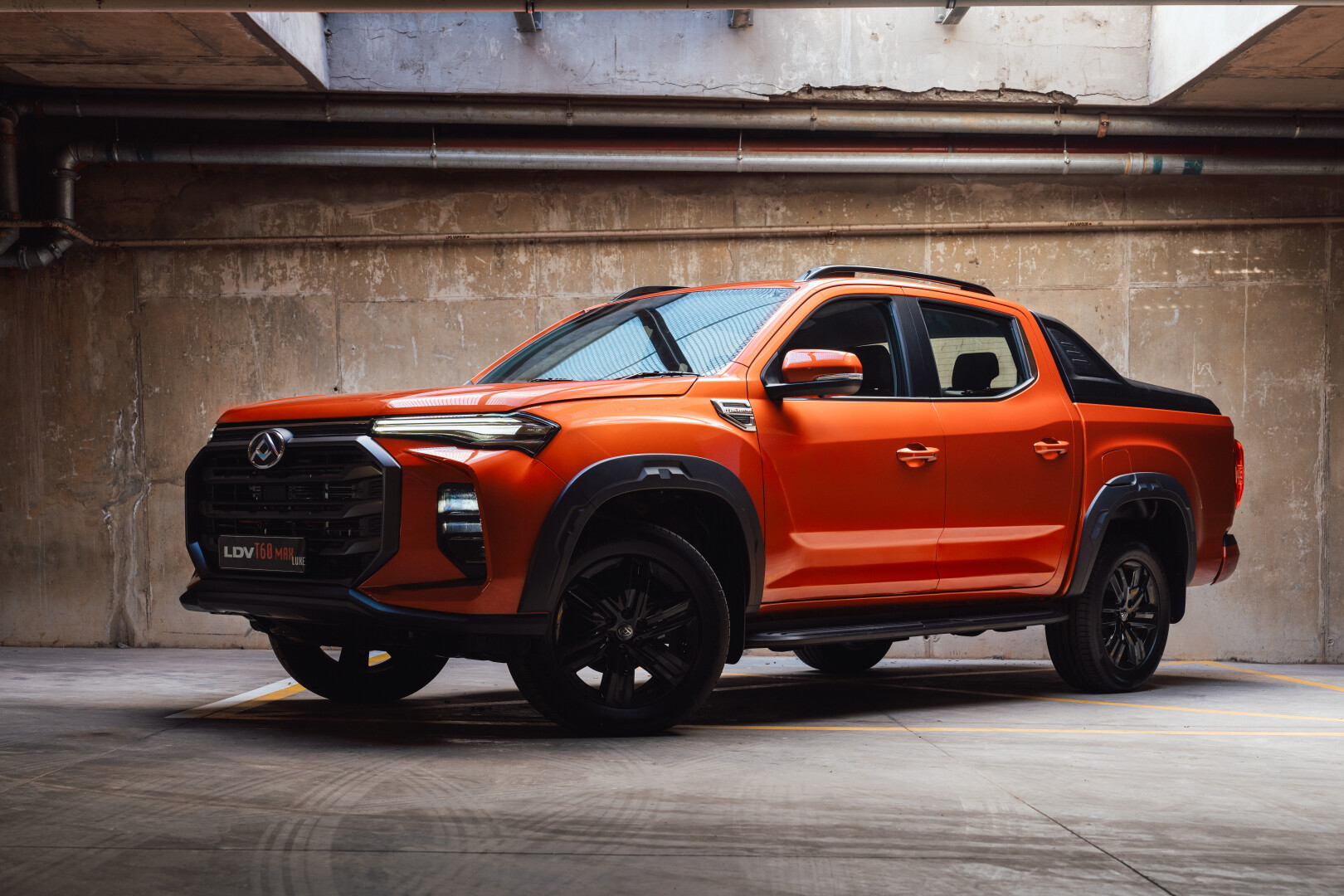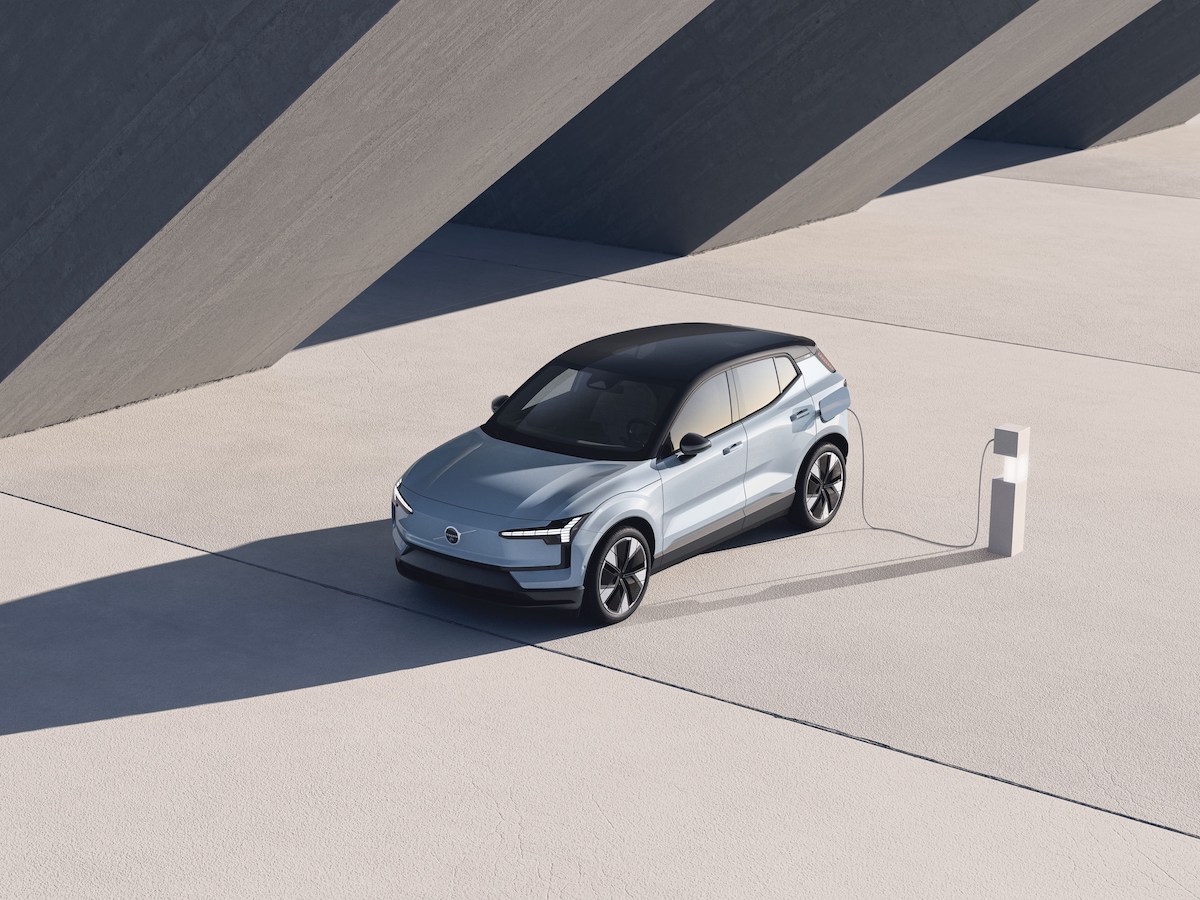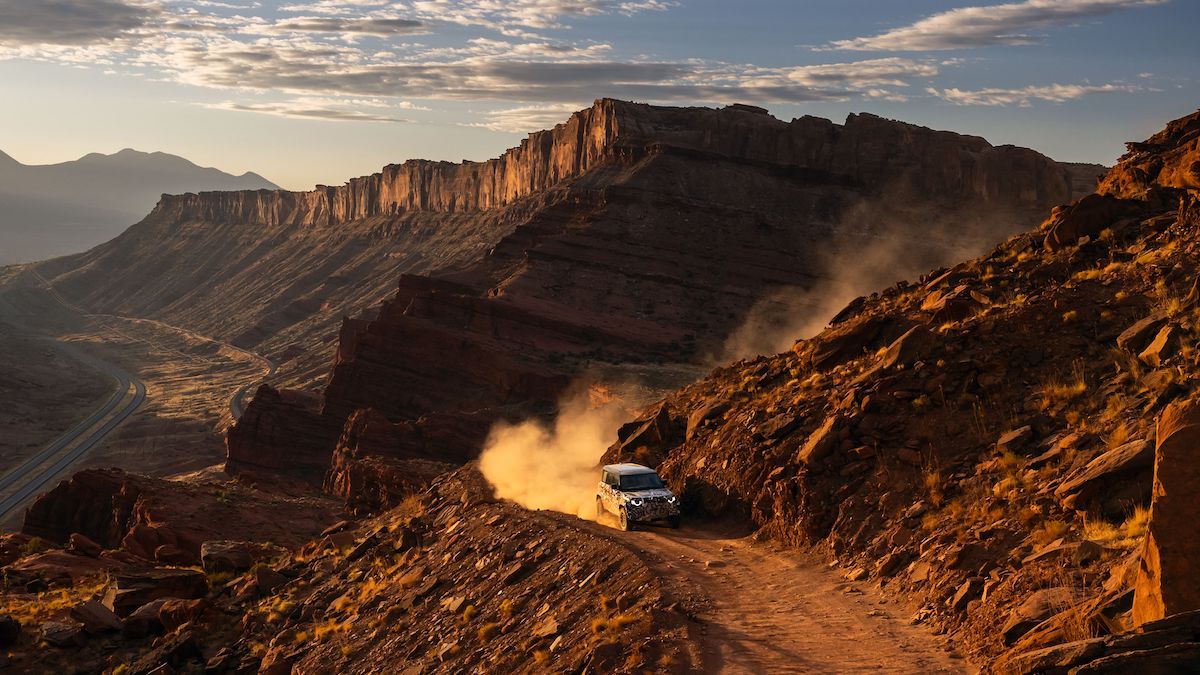Let’s start on the mechanical front: the Murano still uses Nissan’s award-winning VQ35DE V6 engine, in the same capacity as before (3,5-litre). However, thanks to new variable induction and valve timing systems, power is hiked to 191 kW (up 19 kW over the previous model). Maximum torque jumps from 318 Nm at 3600 r/min, to 336 Nm at 4400 r/min.
According to Nissan this allows the big SUV to sprint from 0-100 km/h in eight seconds, and run to a top speed of 210 km/h.
The Murano still uses Nissan’s continuously variable transmission (CVT), or Xtronic. For the 2009 model the CVT gearbox has been comprehensively re-engineered and optimised, and is said to feature a 20 percent reduction in friction, improving both fuel economy and shift speeds.
Drive is transferred permanently to the four wheels via an advanced all-wheel drive system, called Intelligent All-mode 4×4. This system “predicts” the driver’s inputs to adjust the split between front and rear wheel drive (up to 50/50 split), at speeds under 80km/h. The driver also has the option of locking the system in a 50/50 split.
But left to its own devices the system “anticipates” the risk of wheel spin based on throttle position and engine torque, transferring torque to the rear before the front wheels start to lose grip. Above 80km/h the system reacts only to actual wheelspin.
The Murano rides on Nissan’s latest D-platform. This modern platform uses more ultra-high strength steel and has extra cross members and other body stiffening measures. The result is a structure that boasts a 45 percent improvement in torsional stiffness and a massive 95 percent improvement in lateral stiffness, over the previous model. Vibration and noise levels have also been reduced by 75 percent. Numbers that would make any sportscar proud.
A new multi-link suspension does service at the back, while the independent strut-type system mounted on a subframe is still employed at the front end, albeit with improved geometry to reduce torque steer.
Add Nissan’s vehicle dynamic control system (VDC) with traction control, as well as an Active Brake Limited Slip (ABLS) system, and you not only end up with a very safe SUV, but also one that provides its driver with sporty, sure-footed handling. In fact, in the right hands, this “SUV” will leave many sport-oriented sedans for dead in a tight and winding mountain pass.
On the inside the Nissan is packed with standard luxury and safety features. Full leather is standard for this five-seater, as is a centrally mounted full-colour LCD screen which displays the excellent Bose sound system’s settings, and also provides a host of other information, including for the upgraded dual-zone climate control system. Although the vehicle is fitted with limited satellite navigation hardware, Nissan says the necessary software won’t be available locally, in anticipation of the marque’s introduction of the latest Hard Disk Drive technology in 2010.
The Murano now features an electrically operated rear door, activated via a button next to the leather-clad steeringwheel, or a button on the transponder key. This new key also allows keyless access, and following the modern trend, the vehicle is started via a push-button on the dashboard.
The front seats and the steering column come standard with electrical adjustment and setting memories. The rear seats feature a 60:40 split, and drop down by pulling a lever in the spacious rear cargo area. Raising them back into place is even easier. Press a button next to the steeringwheel and the seats automatically move back into position, in just eight seconds.
Talking about the steeringwheel: the fancy and sporty wheel comes with a host of buttons and controls. This include controls for the speed control, the sound system and a voice command function.
Safety is another Murano virtue. In fact, the Murano is the first SUV to achieve a full five stars in the authoritative US IIHS safety test procedures. The cabin gets ISOFIX childseat anchors, as well as dual front airbags, seat-mounted side-impact front airbags, and curtain side-impact units for front and rear passengers.
Finally, the exterior. The first-generation Murano was hailed (and slated, in some cases) as a daringly different design, rewriting the SUV rulebook in some ways. Interestingly, the latest version is more daring, yet more conservative too. It’s more daring at front, where the sleek xenon headlights form a seemingly single unit with the chrome grille. It’s an aggressive and modern look, rounded off with sporty 18-inch alloys and high-performance rubber.
From the side, the silhouette is still aggressive and sporty.
But at the rear Nissan’s engineers went a more traditional and reserved way, with taillights that closely resemble the units found on the smaller Qashqai, instead of the modern, boomerang-style lights on the first-generation model.
Still, it’s all very sporty, with the two large tailpipes jutting out through the rear bumper singing that 191kW V6 tune.
In fact, it’s still all very Murano-ness.
And for someone looking for a sporty and luxurious SUV in place of a sporty and luxurious sedan, the latest Nissan Murano may be just the ticket.
Nissan Murano
Engine: 3498cc, V6, 24-valves, variable intake system
Power: 191 kW @ 6000 r/min
Torque: 336 Nm @ 4200 r/min
Gearbox: Xtronic CVT, with six-speed “manual” function
4×4 system: Permanent, Intelligent All-mode 4×4, with 50/50 lock mode
Driving aids: VDC with traction control, active brake limited slip (ABLS), ABS, EBD
Ground clearance: 180mm
Fuel capacity: 82-litres
Average consumption: 11,6 litres/100km
Range per tank: About 706km
Price: R488 000 (includes a five-year/90 000km service plan)
Read the full 2000km report in the October issue of Leisure Wheels.









